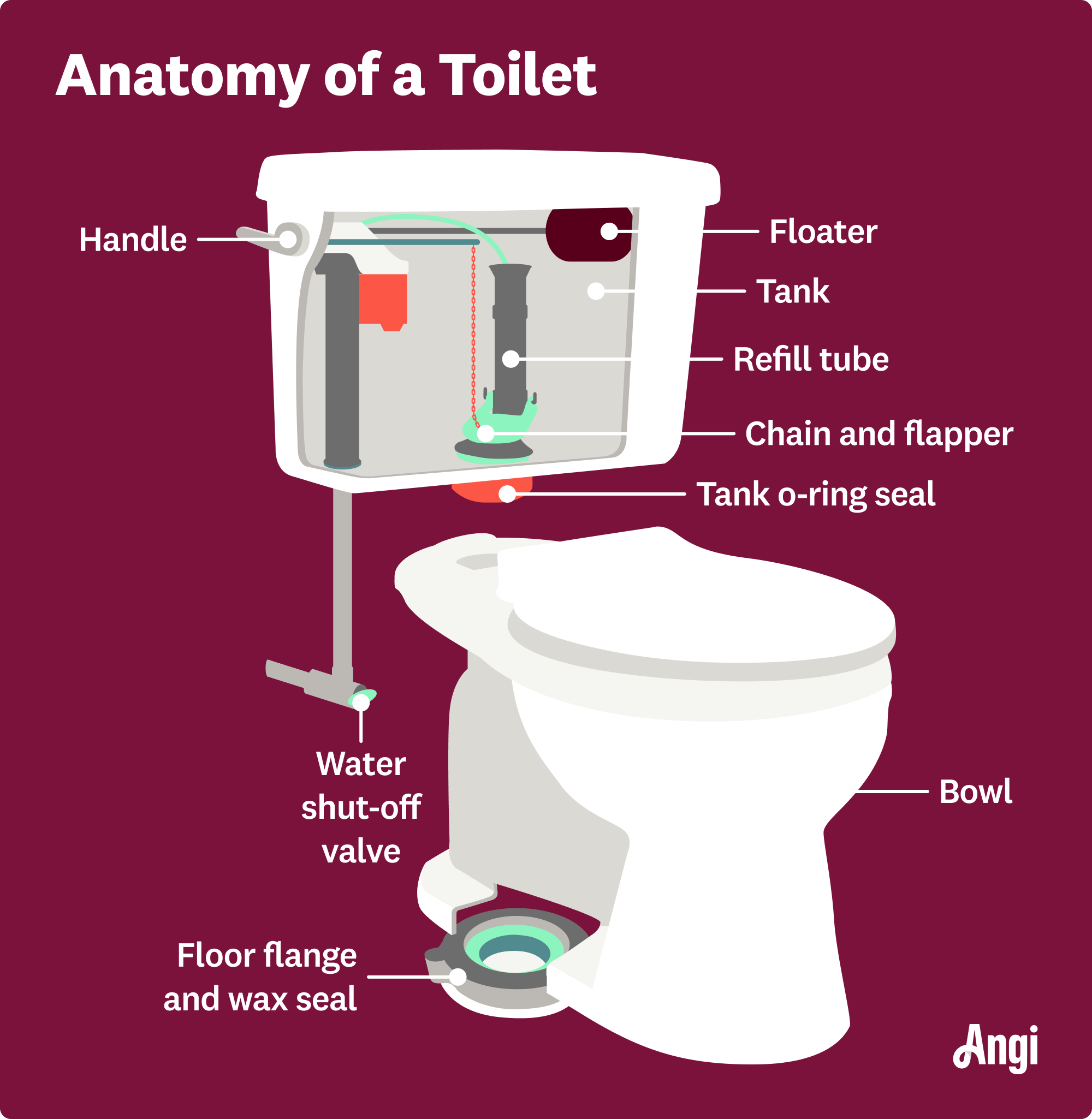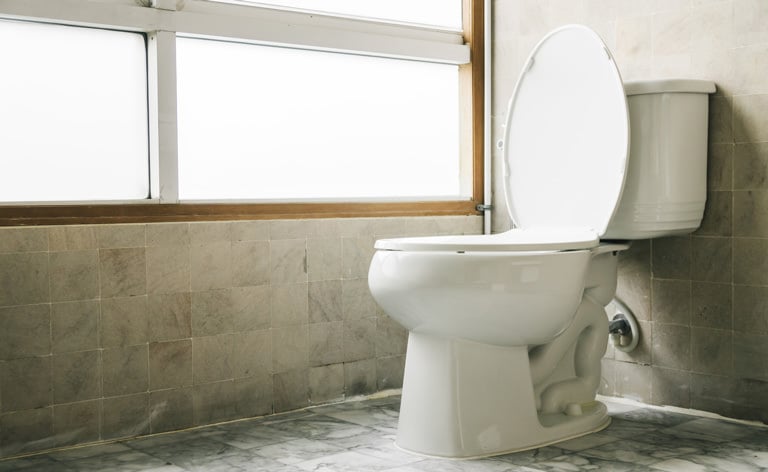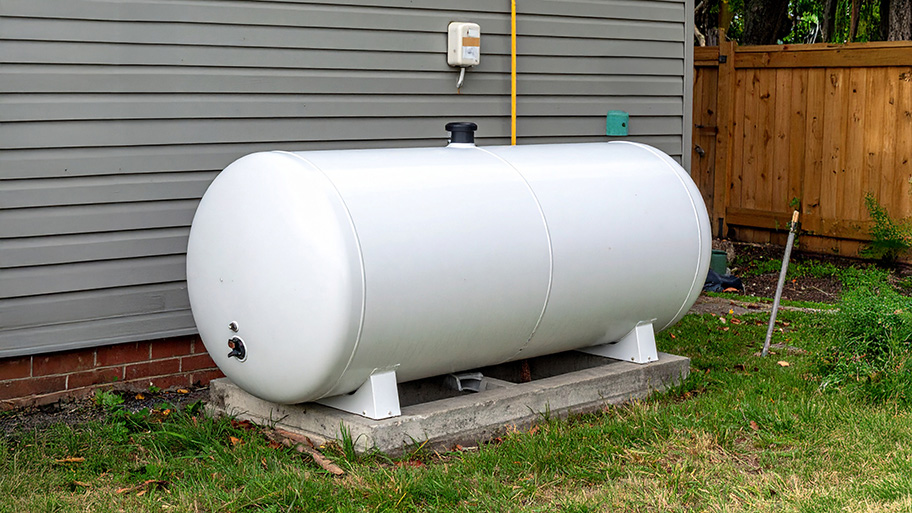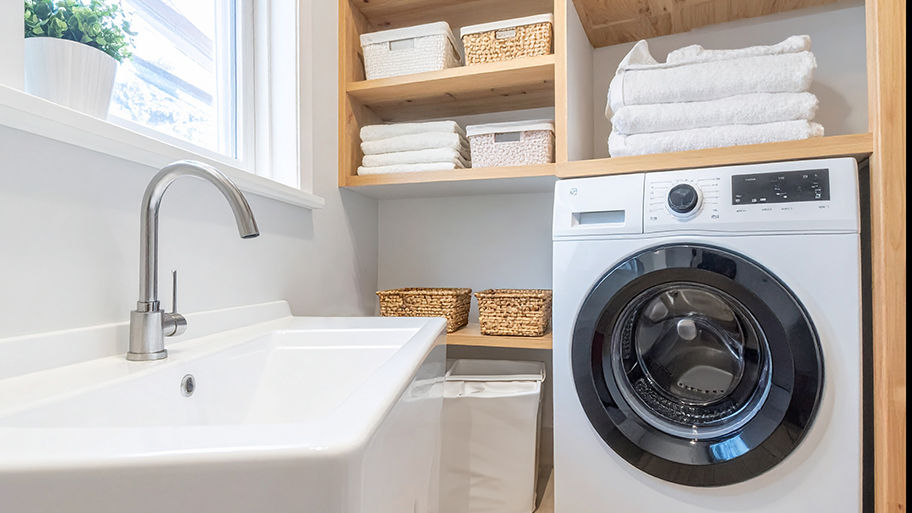
Under the sink, behind the tub, or through the walls—pipe replacement costs for small projects run the gamut. Here's what to know.
The cost to replace a toilet flange is $155 when hiring a plumber, though costs vary from $145 to $165. A licensed plumber will get your toilet working without leaks.


Replacing a toilet flange costs $145 to $165 on average, with the exact cost varying depending on the type.
A PVC flange costs around $5 to $20, whereas a brass flange costs up to $75.
You’ll pay a plumber around $45 to $150 for the labor to replace a toilet flange.
If your toilet is creaking or wobbling, you may need to replace the flange. For a plumber, replacing a toilet flange is a quick and easy job. Replacing a toilet flange costs $145 to $165 on average. However, that’s assuming no other complications pop up. Your costs could easily run into the hundreds or even thousands if a broken toilet flange is difficult to remove, or if you have excessive water damage.
When reviewing the cost to have a professional repair your toilet’s flange, you’ll see that the price is broken down into materials and labor.


The flange is the plate that holds your toilet to the drainpipe and the floor. When replacing yours, you may have a choice of different materials—which you’ll pick will depend on your budget.
| Flange Material | Average Cost |
|---|---|
| PVC | $5–$20 |
| Stainless steel | $5–$30 |
| Brass | Up to $75 |
| Copper | Up to $35 |
| Cast iron | $25–$40 |
PVC Toilet Flange Replacement: Budget-friendly PVC flanges are the most common because of their durability and resistance to rust. These cost $5 to $20, but a pro will likely roll the cost into labor fees.
Stainless Steel Toilet Flanges: These low-cost flanges are rust-resistant and durable. They cost slightly more than PVC at $5 to $30.
Brass Toilet Flange Replacement: Brass flanges are extremely durable and have a long lifespan. Depending on the style, they cost up to $75, so your plumber will charge for the part (separate from labor).
Copper Toilet Flanges: This premium material is naturally antibacterial. Plumbers will add up to $35 to your project for this part.
Cast-Iron Toilet Flanges: Cast-iron toilet flanges are designed for use with cast-iron pipes. If your home was built before 1980, you may have to use this material. These flanges cost $25 to $40.
The materials necessary for replacing a toilet flange are inexpensive. They usually include just the flange and a wax seal, and you’ll pay an average of $7 to $20 for these parts, depending on the flange material you choose. Most professionals roll these materials into their labor costs because they’re so low.
Plumbers who fix toilets charge $45 to $150 for labor toward toilet repair costs. The price you pay will depend largely on your location, as rural areas tend to be cheaper while busy, urban areas are more expensive.
As plumbers have overhead costs that they need to cover, they generally charge a fixed rate for replacing a toilet flange. This typically equates to about two hours at their hourly rate, though it could be higher if your project is more complex. Contact a local plumber for a quote.
In a perfect world, a plumber will remove your toilet, pop out the old flange, pop in the new one, and have everything back to normal in about an hour. Unfortunately, things aren’t always so simple.
You may have a broken toilet flange that’s too damaged to easily remove. In this case, the plumber may need to access it or the drainpipe from underneath. If that’s not possible, they may need to start breaking up your floor.
The amount of time and effort that goes into your project has a direct correlation to how much you’ll pay, as many plumbers charge by the hour.
Assuming you’re replacing your toilet flange because you noticed water leaking from under the toilet, you may have additional repairs to think about. You may need to replace areas of your flooring, and if the water has seeped to lower levels of your home, you may have fixes that follow it.
Depending on the qualifications of your plumber, they may be able to help with some of these repairs. Otherwise, you may need to hire a local general contractor or carpenter.
Replacing a toilet flange yourself costs $7 to $20 for materials. In comparison, the average professional replacement costs $145 to $165, but there are some things you need to consider before rolling up your sleeves.
For starters, you need the right tools, including a saw and chisel if you’re removing a broken flange. You also need muscle on hand—a toilet can weigh up to 120 pounds and be cumbersome to move out of the way.
When you remove your toilet, you could find that the job is more complicated than you thought. The flange or drainpipe could be broken, or you may only be able to access the drainpipe by cutting upward through the basement or crawl space. If that’s not an option, you’ll need to break up concrete or flooring.
Depending on the extent of your toilet leak, you could find more issues. Excess water damage means replacing damaged tile or, if you’re on the second story, fixing ceilings and walls. Hidden issues can become overwhelming, so let a local toilet repair professional take care of the job and get your toilet back in working order.
Home is the most important place on earth, which is why Angi has helped more than 150 million homeowners transform their houses into homes they adore. To help homeowners with their next project, Angi provides readers with the most accurate cost data and upholds strict editorial standards. We extensively research project costs to develop the pricing data you see, so you can make the best decisions for you and your home. We rely on reputable sources, including the U.S. Bureau of Labor Statistics, academic journals, market studies, and interviews with industry experts—all to ensure our prices reflect real-world projects.
Want to help us improve our cost data? Send us a recent project quote to [email protected]. Quotes and personal information will not be shared publicly.
From average costs to expert advice, get all the answers you need to get your job done.

Under the sink, behind the tub, or through the walls—pipe replacement costs for small projects run the gamut. Here's what to know.

The average propane tank costs between $600 and $2,500, depending on the size, location, and more. Our expert guide explores all the factors.

The cost to add plumbing to a detached garage depends on several factors, including the type of plumbing and the garage's distance from your home.

Is installing a pot filler over the stove worth the cost? We have everything you need to know, including pros, cons, costs, and answers to your common questions.

Clogs can keep drains backed up and build up odors in kitchens and bathrooms. Learn how to use a plumbing snake, a simple solution to clearing clogs.

If your tub stopper is ruining bathtime or it’s time for a new one, you can easily DIY the job. Keep reading to discover how to remove a bathtub drain stopper.